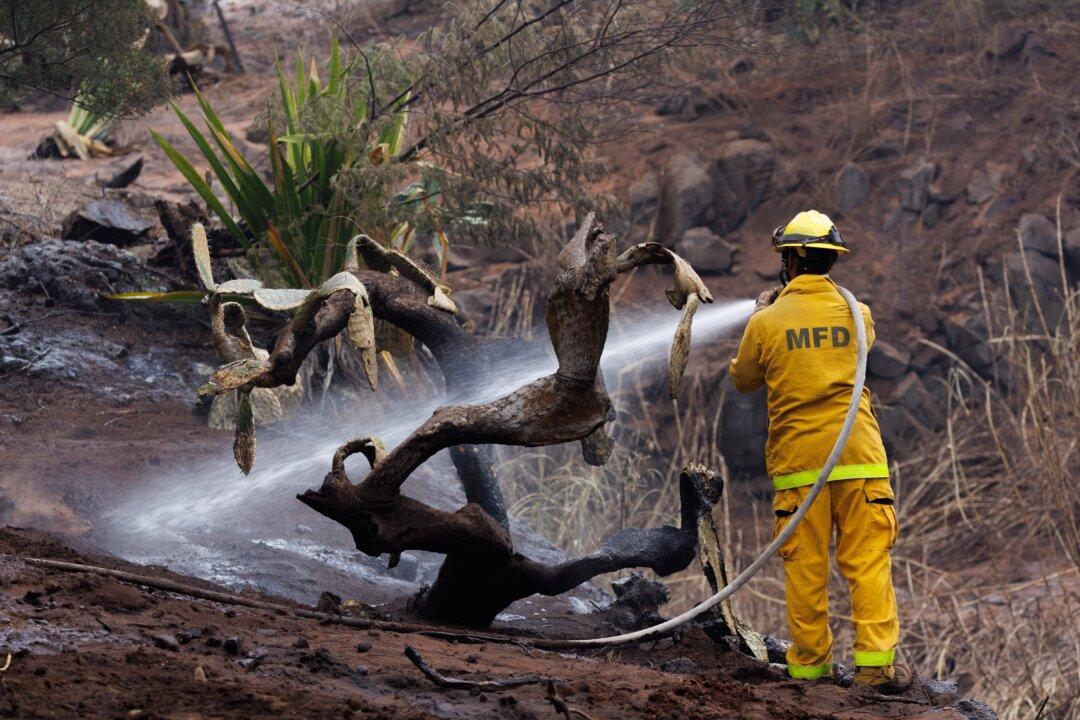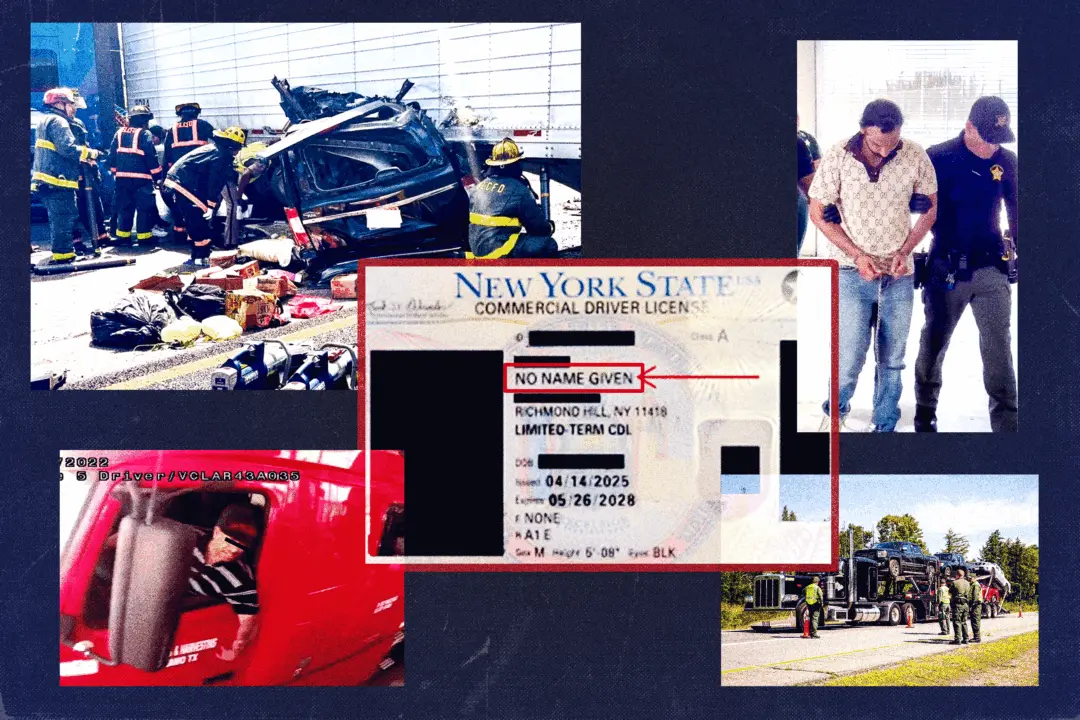The U.S. Environmental Protection Agency (EPA) has begun a phased cleanup of toxic materials from areas impacted by Maui’s wildfires.
At the request of the state of Hawaii and Maui County, the Federal Emergency Management Agency (FEMA) assigned the EPA to oversee the cleanup as the island community struggles to rebound.





